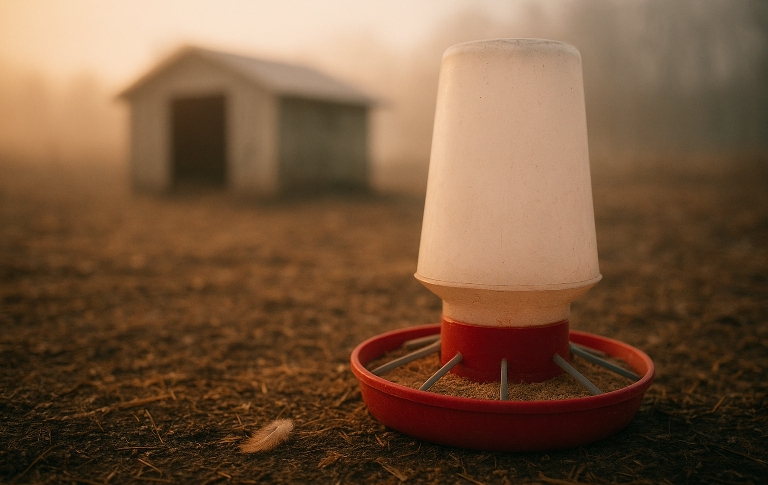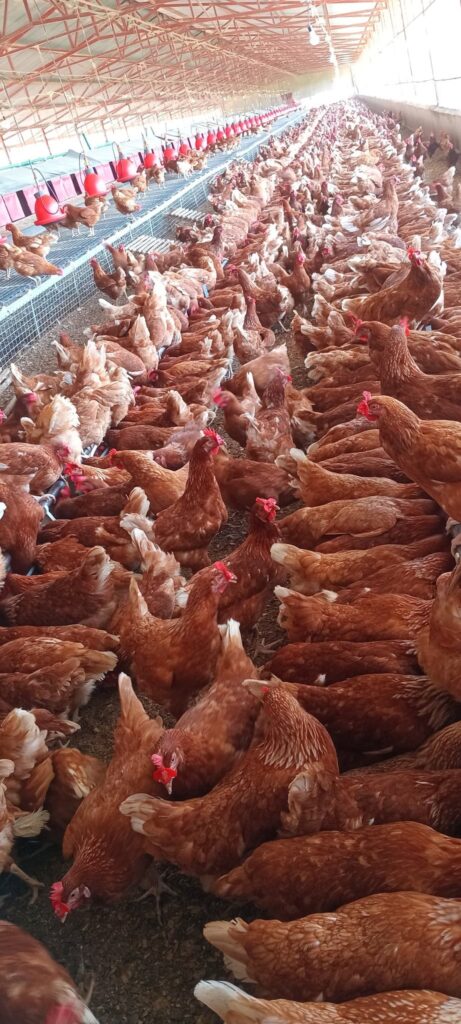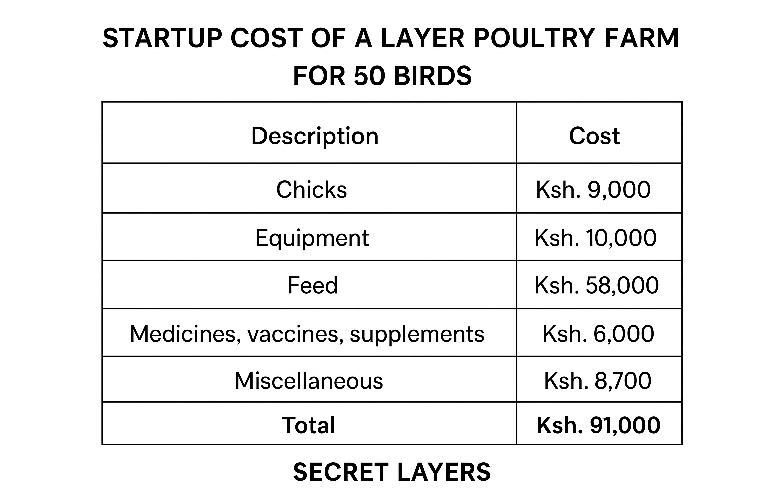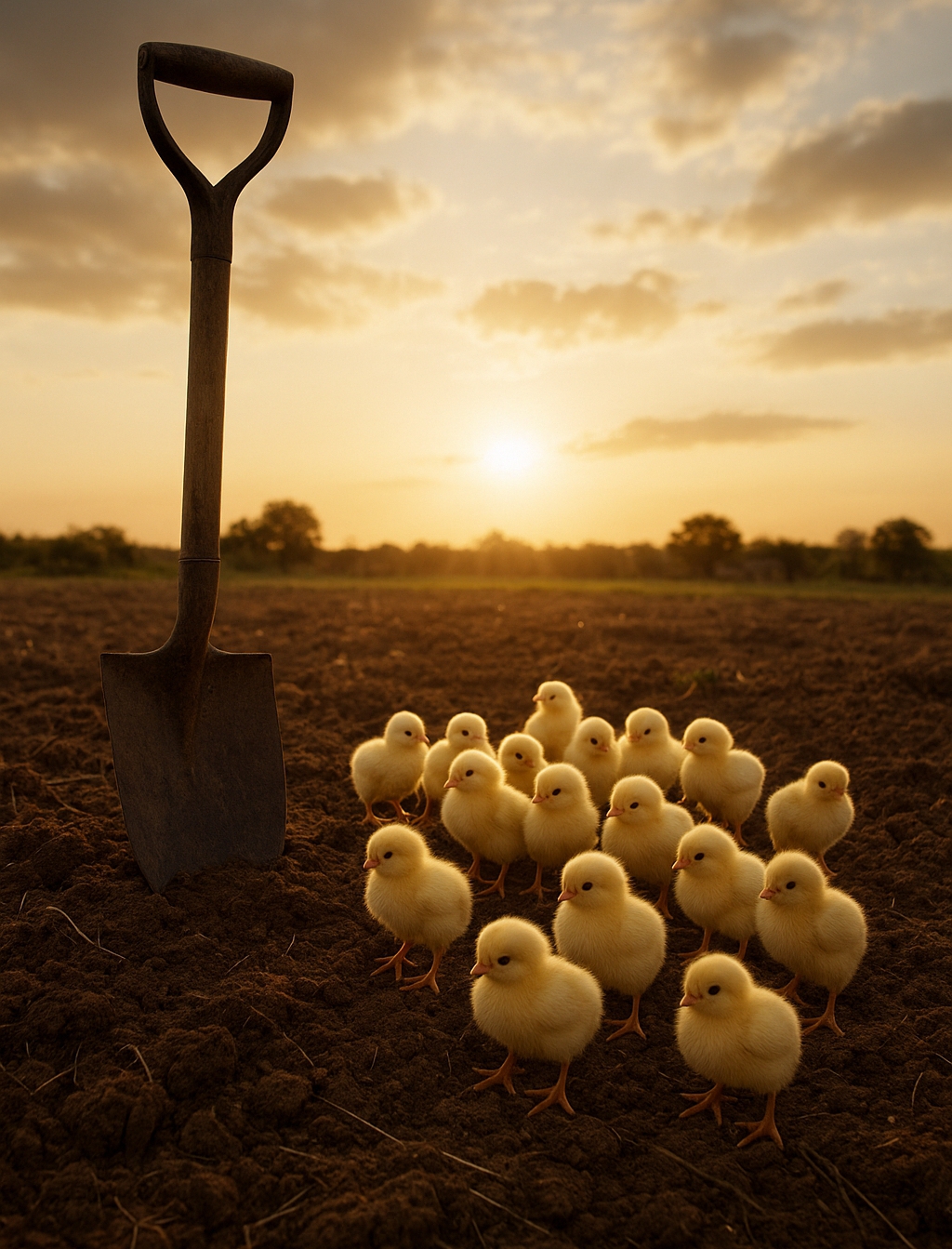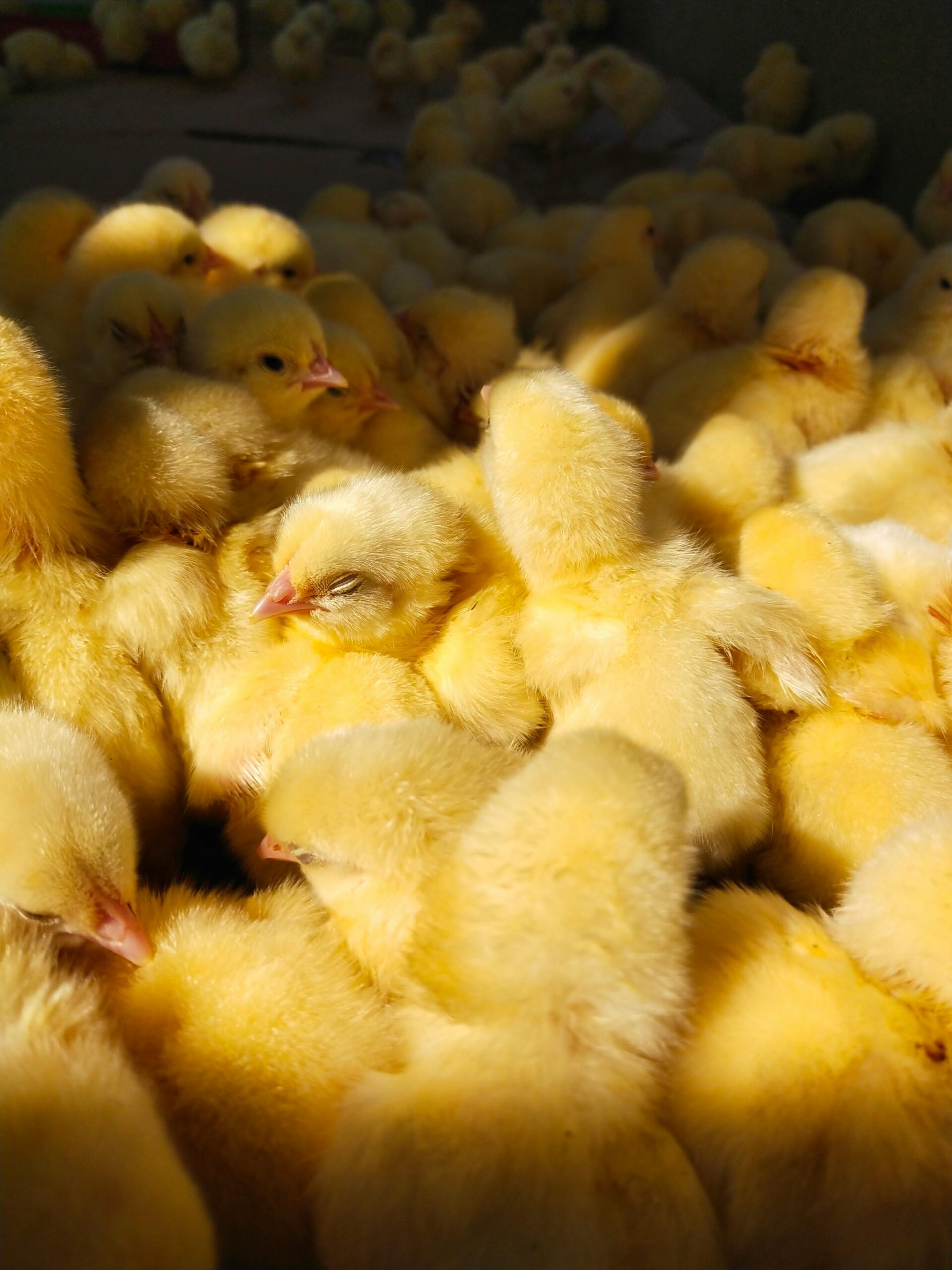You’re probably wondering which is more profitable between day old chicks and point of lay birds. Every farmer has an opinion, and you’ve likely heard many. Today, let’s settle this once and for all.
Before we start, to get the most out of this post, read this guide first:
👉 5 Things You Should Know Before Starting Layers Farming
This will help you decide which option suits your farm best.
In this post, we’ll compare day old chicks (DOC) and point of lay (POL) birds, looking at their advantages and disadvantages. By the end, you’ll know which one fits your goals — whether you want to learn, save time, or make quick profits.
1. Learning Opportunity
Raising day old chicks gives you a valuable learning experience that point of lay birds do not. Starting with DOC means you learn everything — brooding, feeding, vaccination, and general poultry management. You’ll understand your birds from the first day until they start laying eggs.
On the other hand, buying POL hens skips this stage. You get birds ready to lay, but you miss the practical lessons that build your confidence as a poultry farmer.
If you want fast cash, POL may suit you. However, if you want long-term mastery, DOC offers better training and experience.
2. Time Investment
Raising day old chicks takes more time compared to point of lay birds. With DOC, you must care for them for around 18 weeks before they start laying. Those first 5 months are the most crucial and demanding in a bird’s life.
Meanwhile, POL hens save you that time. Since they’re already mature, they can start laying eggs within a week or two after purchase. Therefore, you begin earning faster, which is ideal for farmers focused on quick returns from their egg production business.
3. Skills Required
Handling day old chicks requires more skill than managing point of lay hens. Brooding demands knowledge of temperature control, feed management, and a proper vaccination schedule for layers. Any mistakes at this stage can lead to high chick mortality.
In contrast, POL layers need fewer technical skills. You mainly feed them, maintain clean housing, and continue a few vaccinations. This makes them suitable for beginners or part-time poultry farmers who have little experience.

4. Cost Comparison
At first glance, buying point of lay birds seems expensive. In 2025, day old chicks cost around Ksh.150 each, while point of lay birds range between Ksh.800 and Ksh.1,500 depending on the seller.
However, when you consider the total cost of rearing DOCs — feed, brooding equipment, electricity, and vaccines — the expenses can add up. Raising them to the point of lay costs much more than buying ready-to-lay birds. So, while POL looks pricey upfront, it can save you time and early-stage costs.
5. Profit And Return Potential
The return potential for day old chicks can be higher once you master your system. Initially, it seems easier to buy point of lay hens and start earning immediately. Yet, experienced farmers know that once you perfect your brooding and reduce mortality, profits from DOC can surpass those from POL.
That’s because you can grow your own chicks, sell some as point of lay to other farmers, and even brood chicks for clients at a fee. These extra income streams make DOC a strong long-term business strategy.
6. Risk Level
Every poultry venture has risks. With day old chicks, the main risk is high mortality during brooding. If you lack experience or proper housing conditions, losses can occur quickly.
On the other hand, point of lay birds come with hidden risks. You may not always know their real age, vaccination history, or overall health status. If you buy from unverified suppliers, you risk bringing diseases to your farm. Always source your POL hens from trusted, certified farms to avoid these issues.
7. Sourcing And Availability
Sourcing day old chicks is generally easier. Kenya has many verified hatcheries supplying healthy DOCs every week. You can book and collect your chicks without much hassle.
However, finding reliable point of lay birds can be stressful. You may need to buy from different farmers to reach your desired number. That process takes time, increases risk, and sometimes affects flock uniformity — an important factor in layers egg production.
8. The Fun Factor
If it’s not fun, we’re not doing it — that’s one of our core values at Secret Layers. Raising day old chicks is much more rewarding and exciting than buying point of lay birds. Watching your chicks grow from tiny neonates to full layers gives unmatched satisfaction.
For farmers who enjoy seeing results from their hard work, DOC farming brings more joy. But if you prefer less hustle and instant results, POL might suit you better.
9. Business Opportunity (Bonus)
There’s a growing business opportunity in point of lay production. Many farmers buy day old chicks, raise them to POL, and then sell them at a profit. Others brood chicks for clients for a fee, turning their poultry knowledge into an extra income stream.
Therefore, whether you choose DOC or POL, the key is to plan your farm as a real business, not just a hobby.
Both day old chicks and point of lay birds can be profitable depending on your goals, experience, and resources. If you want to learn and build a long-term business, start with DOC. But if your priority is fast income with minimal effort, go for POL.
I’ll soon share a detailed post on what I personally chose — and why. Watch out for it!
Get my Free Layer Poultry Farming Guide here👇🏿
Just register and I’ll send it straight to your inbox.

See you next Friday!
carlosdeche4040@gmail.com
secretlayerske@gmail.com

